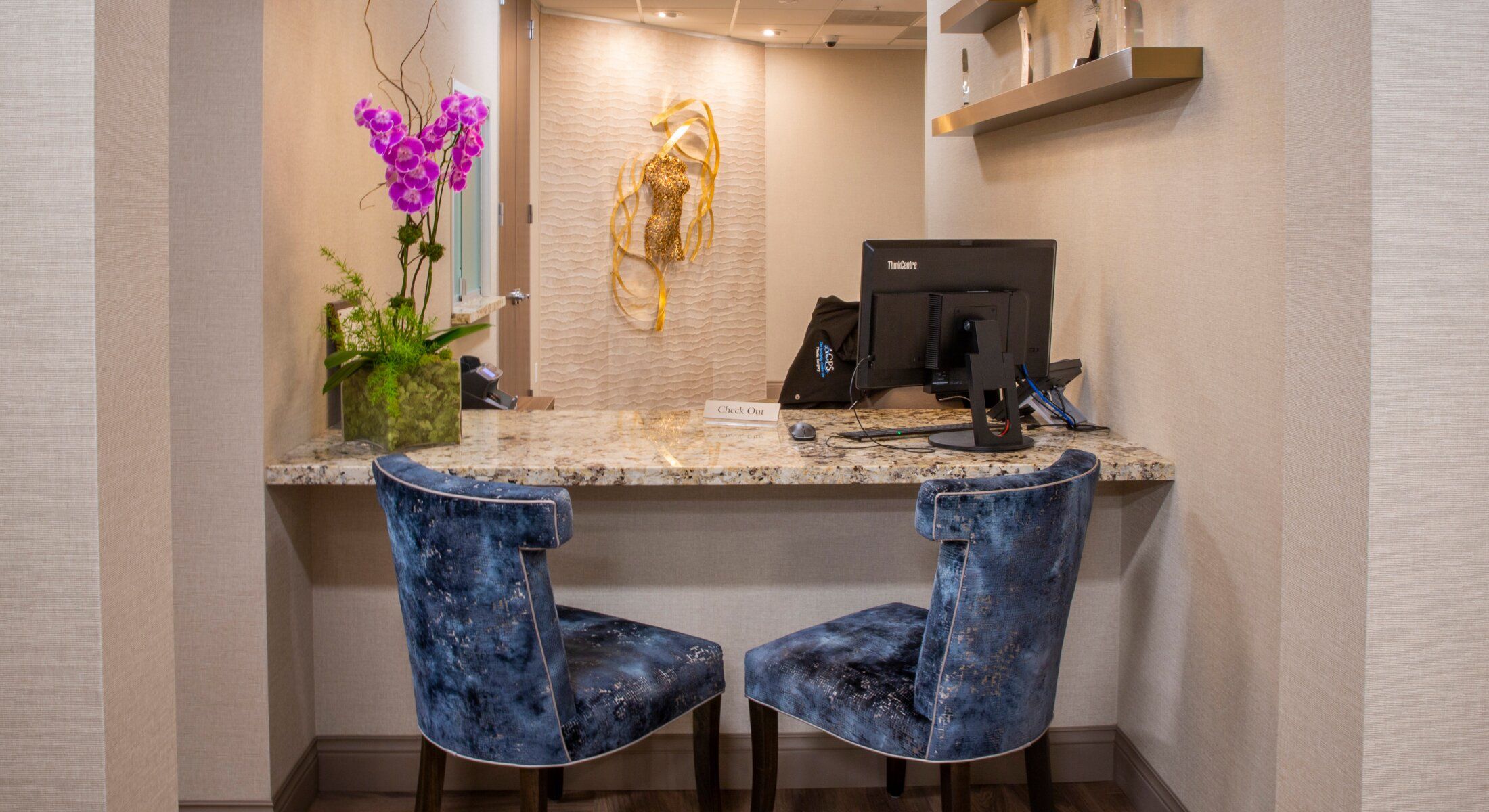




That’s the number-one question patients bring to consultation, and it’s the wrong starting point. The real issue in facial plastic surgery isn’t branding a technique as “best.” It’s understanding which facial anatomy issue you actually have and choosing the facelift technique that corrects it with natural movement, clean neck–jawline continuity, and durable support.
“Great facelifts don’t look tight; they look effortless.”— Paul F. Fortes, MD, Double-Board-Certified Plastic Surgeon, Houston
Most people assume facelifts are glorified skin tucks. In reality, skin is the follower, not the leader. Facial aging happens in the deeper facial structures, at the SMAS (superficial musculoaponeurotic system), within the facial retaining ligaments, and along the platysma. If you only chase loose skin, you’ll win the first month and lose the first year.
Dr. Fortes’ philosophy is simple: match the depth of the operation to the depth of the problem. That’s the foundation of true facial rejuvenation.
Clinical reality: The deep plane technique is more comprehensive, not universally necessary.
If your main concern is early jowling with decent midface support, a SMAS facelift (plication or limited release) can deliver an elegant refreshed appearance with less operative time and a quicker recovery.
If your midface has dropped, your nasolabial folds are etched in, or the neck and jawline have blurred, the deep plane facelift earns its place by releasing and repositioning the deeper tissues, not by stretching the skin.
“Technique should be invisible; result should be obvious.”— Dr. Fortes
The key differences between a deep plane facelift and a traditional facelift come down to anatomy and depth.
Traditional facelifts elevate the superficial layers and tighten the SMAS layer by folding or imbricating it. The deep plane approach works underneath, freeing deeper facial tissues and connective tissue to move the midface, jowl, and neck as a single, cohesive unit.
The deep plane facelift lifts the midface, jowls, and neck together, preserving natural movement and preventing an overly tight look. It creates soft cheeks, smooth facial contours, and a crisp neck–jaw transition that reads as natural-looking results, not surgery.
By restoring support in the deeper structures, the deep plane facelift offers longer-lasting results and greater stability through the cheek-fold-jowl complex. For the right patient, it delivers youthful contours and a more youthful appearance that holds up over time.
Expect a bit more swelling early on with a deep plane lift due to deeper tissue manipulation. With SMAS facelifts, recovery is often shorter, but midface improvements are typically subtler.
“I’d rather do the right operation once than the wrong operation fast.”— Dr. Fortes
Three predictable shifts define most faces in their 40s to 60s:
A superficial lift can refine the outline, but only deeper release and repositioning of deeper facial tissues can truly reshape the structure. That’s why Dr. Fortes often combines deep plane facelift surgery with targeted neck surgery (addressing subplatysmal fat or banding) or micro-fat grafting for light and contour rather than tension.
This blend of precision and artistry delivers comprehensive facial rejuvenation without compromising natural appearance.
Most SMAS facelift patients look presentable in 10 to 14 days. For a deep plane facelift, 14 to 21 days is typical, with refinement continuing for several months as skin quality, sensation, and suppleness normalize.
In the right candidate, the deep plane facelift commonly maintains midface and jawline definition longer by rebuilding support in the deeper layers. No cosmetic surgery is time-proof, but this approach slows visible aging where it starts.
A deep plane facelift procedure takes longer and requires greater surgical expertise. Dr. Fortes frames it as a value question: are we correcting the real problem once, or under-correcting and chasing it later?
“There’s no prize for the shortest recovery if the result doesn’t solve the problem.”— Dr. Fortes
Consider a SMAS-focused facelift if you have:
Consider a deep plane facelift if you have:
Both methods can be paired with brow lift, eyelid rejuvenation, laser resurfacing, or peels for skin texture and tone, creating more comprehensive rejuvenation across the face and neck.
Vector: Lift direction follows your own facial retaining ligaments, not a template.
Neck: He treats the neck as its own issue, not an afterthought. Proper deep plane technique keeps the jawline clean and continuous.
Volume: He replaces facial volume selectively, malar highlight, pre-jowl sulcus, to restore youthful light without bulk.
Incisions: Placement respects natural folds and posture lines, minimizing visible scarring so the eye reads face, not incision.
“If your friends just say you look well-rested, we’ve done our job.”— Dr. Fortes
If you remember one thing, make it this: choose the operation that fits your facial structure, not the one trending online. In Dr. Fortes’ practice, “deep plane vs traditional facelift” isn’t a competition, it’s a diagnostic pathway. Both techniques can achieve natural-looking improvements and a successful outcome when matched to the right anatomy.
For patients in Houston, the smartest next step is a personalized evaluation with a board-certified plastic surgeon who can map your facial anatomy, explain how your underlying tissues have shifted, and recommend a plan that restores harmony, motion, and proportion.
“A great facelift should look like you, moving easily, today and ten years from now.”— Dr. Fortes
The deep plane facelift is an evolution in understanding how facial aging really happens. By addressing deeper facial tissues and reinforcing connective tissue support, it provides a more comprehensive rejuvenation that feels as good as it looks. For others, the SMAS facelift results remain the gold standard for refined correction with minimal downtime.
Either way, the goal is the same, a natural result, youthful contours, and a refreshed appearance that keeps you looking like yourself, only more rested.
Dr. Paul F. Fortes, a distinguished, dual-board-certified plastic surgeon based in Houston, TX, offers an elite standard of care defined by a rare blend of artistic sensibility and scientific rigor. Dr. Fortes believes superior aesthetic results are never "off the rack," but are meticulously customized and individually crafted to meet each patient’s unique vision. He approaches every procedure with the precision of an artisan, ensuring the safest, most harmonious, and exquisitely detailed outcomes that stand apart from the ordinary.
Trusting your aesthetic goals to Dr. Fortes means placing your care in the hands of a provider with impeccable credentials. A graduate of Rice University (Magna Cum Laude) and an inductee of the exclusive Alpha Omega Alpha Honor Medical Society, he completed an extensive eight-year surgical residency, including three years of specialized plastic surgery training at the prestigious Northwestern Medical Center in Chicago. Recognized for over a decade as a Texas Super Doctor, Dr. Fortes affirms his position as a preeminent leader, solidifying him as THE trusted expert for those seeking truly transformative, beautiful, and enduring results.
